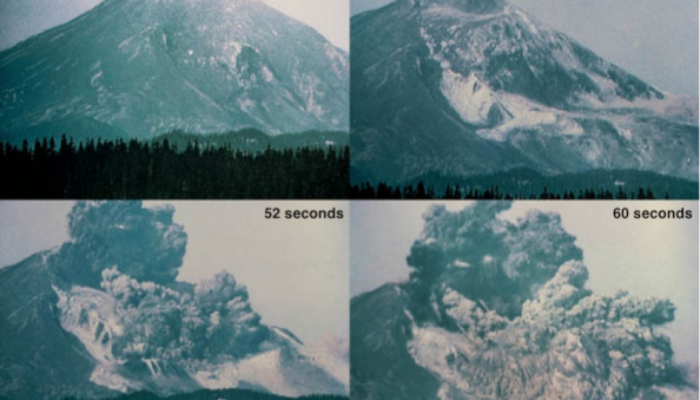
The past 18th May marked 39 years since one of the most emblematic volcanic eruptions in historic times: the 1980 Mt St Helens explosive eruption. With a death toll of 57 victims, it is the deadliest volcanic event in U.S. history. If that wasn’t enough, it also destroyed hundreds of houses and roads. When we think about explosive volcanic eruptions what commonly comes in our minds about the possible related hazards are impressive Pyroclastic Density Currents (PDC) or Lahars (a glossary below), mainly because of their quick deadly potential, moving ashfall to a secondary role in producing hazards to population.
However, ashfall can be hazardous too even affecting people’s health in the long term and in distal areas from the volcano itself. In today’s post, we will go through how the fall of volcanic ash can be a hazard that must be taken into account by people living in the close (and sometimes not-too-close) neighbourhood of an active volcano.
The ashfall load
When a significant explosive eruption occurs, thousands of cubic meters of material is released into the atmosphere in the form of rocks of different grain sizes ranging from big bombs (larger than 64 mm in diameter and up to meter size) to fine ash (less than 2 mm in diameter). The latter can easily travel tens (or even hundreds) of kilometres generating fallout that can also cumulate in thick layers. These layers can be one serious hazard when they accumulate on the roofs in populated areas causing an overload that can damage and, eventually make the roofs collapse. It was in the 1991 eruption of Mt Pinatubo, Philippine, when it was possible to fully appreciate the real potential of this hazard. In fact, most of the 300 related deaths occurred beyond the evacuation radius (30 to 40 km) as a result of roof collapse because of the weight of the ash load [1,2]. An ash layer of only 15 cm thick can generate a heavy load, especially when mixed with water from rainfall (sometimes reaching 200 kg/m2), that common roofs are not designed to resist.
Respiratory effects of ash
The other serious threats to population come from the fine ash particles (PM10 and PM2.5), which can also be produced during an explosive eruption, and also from cristobalite, a member of a family of minerals commonly present in some volcanic eruptions: the crystalline silica (SiO2). Generally fine particles in the air are thought to trigger chronic lung disease and be responsible for premature cardiorespiratory mortality [2] and they are commonly monitored in big cities related to vehicles emissions. Fine particles such as the mentioned before are also commonly produced during an explosive volcanic eruption. After an explosive eruption, both PM10 and PM2.5 tend to exceed air quality standards which becomes a risk for population and even more for asthma suffers. In fact, in the above mentioned 1980 eruption of Mt St Helens, U.S., the number of hospital attentions related to asthma increased during the weeks after the eruption and also aggravation in people suffering chronic respiratory disease.
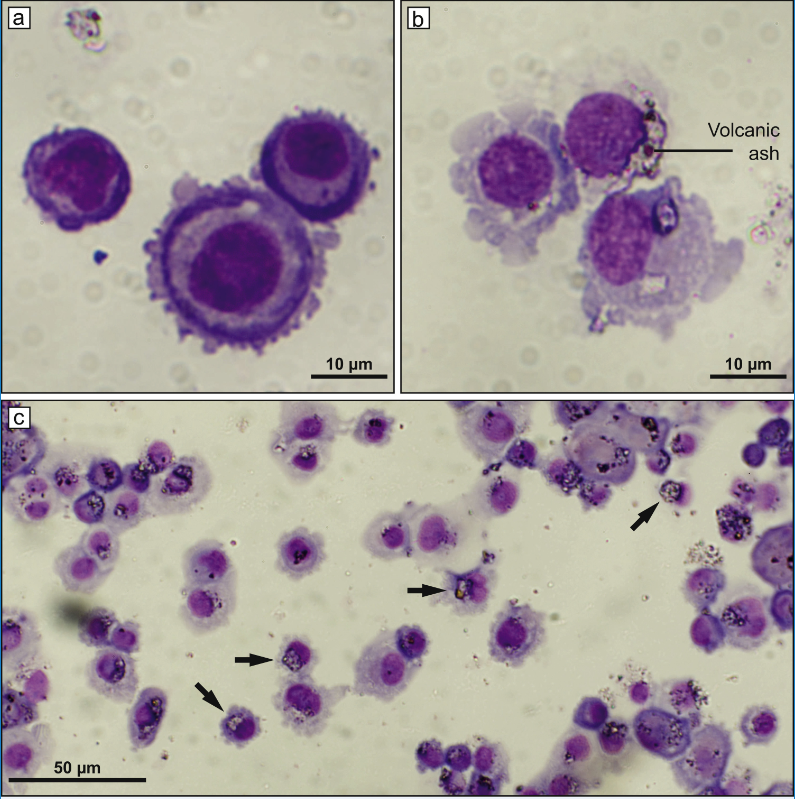
Figure 2. Assays results showing the uptake of ash by THP-1 cells (macrophages). (a) untreated cells, (b) cells treated with volcanic ash, and (c) low magnification view of cells with internalized ash particles (arrows). Images from Damby et al., 2016.
On the other hand, crystalline silica can be an abundant component in the ash generated during volcanic eruptions in the form of cristobalite, quartz and tridymite. These minerals have been associated with some chronic hazard of fibrotic lung disease (e.g. silicosis or mixed dust fibrosis) in continuously and heavily exposed group of people. Among them, cristobalite arose as an important health concern after the 1980 Mt St Helens and the 1995 Soufrière Hills eruptions, Montserrat. Toxicological research related to cristobalite in volcanic ash has been carried out with products of many volcanoes such as Soufrière Hills (Montserrat), Mt St Helens (U.S.), Eyjafjallajökull and Grímsvtön (Iceland), with general results showing that exposure to cristobalite might not be as toxic as thought for human health (Figure 2). However, the conclusion is still that prolonged exposure can be a hazard and cristobalite should be considered in risk assessments as long-term complications [3].
But, what to do in order to minimize the hazard? The key is in reducing the exposure. Sometimes for natural reasons such as rain or wind the ash is removed from the environment reducing the time and concentration of fines suspension, but this does not commonly happen or it is normally not enough. The general common advice given to people is to stay indoors or wear protection like dust masks when carrying on activities, but more at risk members such as children or adults with respiratory diseases should evacuate until the pollution level returns to normality. Additional removal of deposited ash from public places and homes, as well as wetting down ash are also an effective way to reduce exposure.
Also, as we just saw, it is very important to evaluate the presence of crystalline silica in the ash in order to take proper action. For this, protocols [4] for ash sampling, preparation and analyses have been made to optimize the response under an explosive volcanic event (Figure 3) and made available in The International Volcanic Health Hazard Network (IVHHN) webpage (www.ivhhn.org).

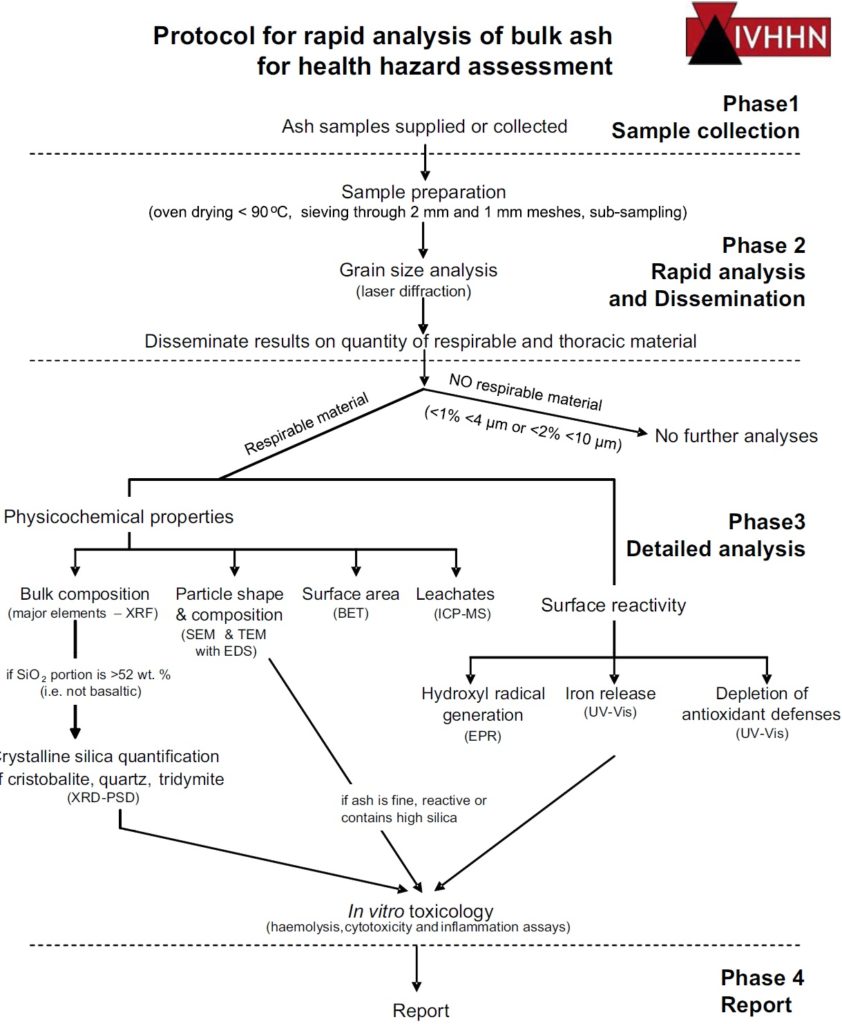
Figure 3. The protocol used for rapid assessment of the health hazard of volcanic ash. Image from Horwell et al., 2013.
Nowadays, the focus of concern appears to be not in the short explosive eruptions, but in the long-lived ones. Even though the ash from the large explosive eruptions like 1980 Mt St Helens and 1991 Pinatubo could remain in an extended area for years, the long-term open-vent eruptions such as 2010 Eyjafjallajökull or 1995 Soufrière Hills (among others) are the most disruptive ones. However, it is clear that more research needs to be done on this matter. Please follow the links in the further reading section if you want to know more about ash and cristobalite hazards.
GLOSSARY
Pyroclastic Density Current (PDC): One of the most destructive products of explosive volcanism, consist of gravity-driven flows of hot particles and gas travelling at high speeds. In nature, they are commonly turbulent suspension currents formed by lateral blasts or by the (partial) collapse of a vertical eruption column, and also highly concentrated granular avalanches formed by lava dome collapse. They can travel at speeds of tens of meters per seconds reaching tens of kilometres from the volcanic edifice.
Lahar: It is another of the most destructive products of a volcanic eruption (or sometimes not even during an eruption). They are gravity-driven mixtures of rock, debris, and water (due to heavy rainfall or the presence of a glacier or lake on the volcano top) from a volcano rapidly travelling down the flanks.
REFERENCES
[1] Spence, R.J.S., Pomonis, A., Baxter, P.J., Coburn, A.W., White, M., Dayrit, M., Field Epidemiology Training Program Team, 1996. Building damage caused by the Mount Pinatubo eruption of June 15, 1991. In: Newall, C.G., Punongbayan, R.S. (Eds.), Fire and Mud: eruptions and lahars of Mount Pinatubo, Philippines. Philippine Institute of Volcanology and Seismology, University of Washington Press, Seattle, pp. 1055-1061.
[2] Baxter and Horwell 2015. Ch 60: Impacts of Eruptions on Human Health. In: The Encyclopedia of Volcanoes (Second Edition), Pages 1035-1047.
[3] Damby, D.E., Murphy, F.A., Horwell, C.J., Raftis, J., Donaldson, K. 2016. The in vitro respiratory toxicity of cristobalite-bearing volcanic ash. Environmental Research 145, 74-84.
[4] Horwell, C.J., Baxter, P.J., Hillman, S.E., Calkins, J.A., Damby, D.E., Delmellec, P., Donaldson, K., Dunster, C., Fubini, B., Kelly, F.J., Le Blond, J.S., Livi, K.J.T., Murphy, F., Nattrass, C., Sweeney, S., Tetley, T.D., Thordarson, T., Tomatis, M. 2013. Physicochemical and toxicological profiling of ash from the 2010 and 2011 eruptions of Eyjafjallajökull and Grímsvötn volcanoes, Iceland using a rapid respiratory hazard assessment protocol. Environmental Research 127, 63-73.
FURTHER READING AND LINKS OF INTEREST
Baxter, P.J., Ing, R., Falk, H., French, J., Stein, G.F., Bernstein, R.S., Merchant, J.A., Allard, J. 1981. Mount St Helens Eruptions, May 18 to June 12, 1980 An Overview of the Acute Health Impact. Journal of the American Medical Association 248, 2585-2589. (https://jamanetwork.com/journals/jama/article-abstract/365060)
Baxter, P.J., Ing, R., Falk, H., Plikaytis, B. 1983. Mount St. Helens eruptions: the acute respiratory effects of volcanic ash in a North American community. Archives of Environmental Health 38, 138-143. (https://www.ncbi.nlm.nih.gov/pubmed/6870351)
Baxter, P.J., Bonadonna, C., Dupree, R., Hards, B.V.L., Kohn, S.C., Murphy, M.D. Nichols, A., Nicholson, R.A., Norton, G., Searl, A., Sparks, R.S.J., Vickers. B.P. 1999. Cristobalite in Volcanic Ash of the Soufriere Hills Volcano, Montserrat, British West Indies. Science 283, Issue 5405, pp. 1142-1145. (https://science.sciencemag.org/content/283/5405/1142)
Baxter and Horwell 2015. Ch 60: Impacts of Eruptions on Human Health. In: The Encyclopedia of Volcanoes (Second Edition), Pages 1035-1047. (https://www.sciencedirect.com/science/article/pii/B9780123859389000602)
Damby, D.E., Horwell, C.J., Baxter, P.J., Delmellec, P., Donaldson, K., Dunster, C., Fubini, B., Murphy, F., Nattrass, C., Sweeney, S., Tetley, T.D., Tomatis, M.. 2013. The respiratory health hazard of tephra from the 2010 Centennial eruption of Merapi with implications for occupational mining of deposits. JVGR 261, 376-387. (https://www.sciencedirect.com/science/article/pii/S0377027312002673)
Damby, D.E., Llewellin, E.W., Horwell, C.J., Williamson, B.J., Najorka, K., Cressey, G., Carpenter, M. 2014. The a–b phase transition in volcanic cristobalite. J. Appl. Cryst. 47, 1205-1215. (http://journals.iucr.org/j/issues/2014/04/00/ks5415/)
Damby, D.E., Murphy, F.A., Horwell, C.J., Raftis, J., Donaldson, K. 2016. The in vitro respiratory toxicity of cristobalite-bearing volcanic ash. Environmental Research 145, 74-84. (https://www.sciencedirect.com/science/article/pii/S0013935115301481)
Horwell, C.J. and Baxter, P.J. 2006. The respiratory health hazards of volcanic ash: a review for volcanic risk mitigation. Bull. Volc. 69, Issue 1, pp 1-24. (https://link.springer.com/article/10.1007%2Fs00445-006-0052-y)
Horwell, C.J., Baxter, P.J., Hillman, S.E., Calkins, J.A., Damby, D.E., Delmelle, P., Donaldson, K., Dunster, C., Fubini, B., Kelly, F.J., Le Blond, S., Livi, K.J.T., Murphy, F., Nattrass, C., Sweeney, S., Tetley, T.D., Thordarson, T., Tomatis, M. 2013. Physicochemical and toxicological profiling of ash from the 2010 and 2011 eruptions of Eyjafjallajökull and Grímsvötn volcanoes, Iceland using a rapid respiratory hazard assessment protocol. Environmental Research 127, 63-73. (https://www.sciencedirect.com/science/article/pii/S0013935113001539)
Le Blond, J.S., Horwell, C.J., Baxter, P.J., Michnowicz, S.A,K., Tomatis, M., Fubini, B., Delmelle, P., Dunster, C., Patia, H. 2010. Mineralogical analyses and in vitro screening tests for the rapid evaluation of the health hazard of volcanic ash at Rabaul volcano, Papua New Guinea. Bull. Volc. 72, Issue 9, pp 1077-1092. (https://link.springer.com/article/10.1007/s00445-010-0382-7)
Tomašek, I., Horwell, C. J., Damby, D. E., Barošová, H., Geers, C., Petri-Fink, A., … & Clift, M. J. 2016. Combined exposure of diesel exhaust particles and respirable Soufrière Hills volcanic ash causes a (pro-) inflammatory response in an in vitro multicellular epithelial tissue barrier model. Particle and fibre toxicology, 13 (1), 67. (https://particleandfibretoxicology.biomedcentral.com/articles/10.1186/s12989-016-0178-9)
Tomašek, I., Horwell, C. J., Bisig, C., Damby, D. E., Comte, P., Czerwinski, J., … & Rothen-Rutishauser, B. 2018. Respiratory hazard assessment of combined exposure to complete gasoline exhaust and respirable volcanic ash in a multicellular human lung model at the air-liquid interface. Environmental Pollution, 238, 977-987. (https://www.sciencedirect.com/science/article/pii/S0269749117349989?via%3Dihub)
The International Volcanic Health Hazard Network webpage:
http://www.ivhhn.org/images/pdf/ash_analysis_protocol_2010.pdf

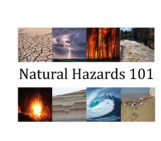
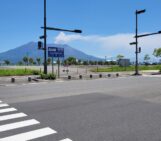
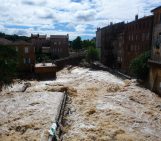
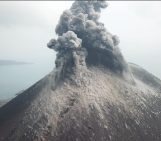
Luiza
Presents original research work on all aspects of natural hazards of all origins – atmospheric, volcanic, seismic, oceanic and more